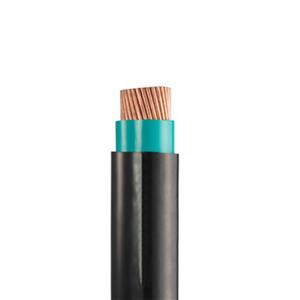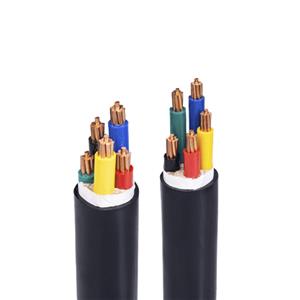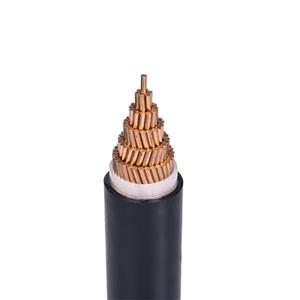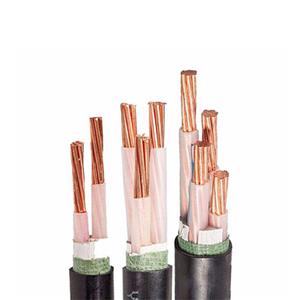Does the sum of 2.5 square lines equal 5 squares?
We all know that there are only 1, 1.5, 2.5, 4, 6, 10, 16 square millimeter wires on the market, but no 5 square millimeter wires. So how can we get 5 square millimeter wires? Some people would say that twisting two 2.5 square wires together is equivalent to 5 square millimeterwires? The answer is of course not. We should know that two 2.5 square millimeter wires twisted together can be used, but they are only approximately 4.5 square millimeter. And the premise is that the two wires must be made of the same material and have the same length. It is common to splice two wires of the same surface in work maintenance. However, it is generally not recommended or used for small surfaces (less than 10 square).
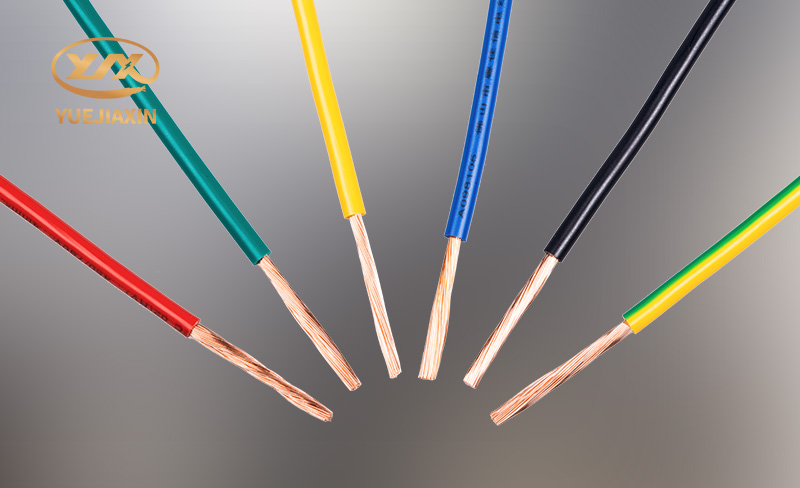
For example, a 2.5 square millimeter copper core wire can withstand a maximum of 4000 watts of electrical power when laid in a concealed line, and a 6 square copper core wire can withstand an electrical power of less than 7500 watts. Two 2.5 squaremillimeter copper core wires connected together can theoretically withstand an electrical power of less than 8000 watts. But this is only a theoretical speculation. In actual use, it is best to use it as a 4 square copper core wire, that is, when laying the open line, the electrical power is controlled within 7200 watts, and when laying the concealed line, the maximum electrical power is controlled within 5500 watts. This is safer, and it is necessary to ensure that the joints are firm and reliable to ensure safety.
Occasionally, two or even multiple wires are used in parallel, such as a 220KV high-voltage transmission line with two wires connected in parallel for one phase. The two wires are separated between the towers, but the two wires are connected together when bypassing the tower itself. If it is a 500KV high-voltage transmission, there are also four wires connected in parallel for one phase.
Therefore, two 2.5 square millimeter cross-sectional area wires twisted together in parallel can theoretically replace a 5 square millimeter cross-sectional area wire. However, in actual situations, the biggest problem is that when the three-phase load is unbalanced, eddy current heating may be generated, which will affect normal use. Because two 2.5 square millimeter cross-sectional area wires twisted together carry more current than 5 square wires. Why is this? Because the surface area is increased, it is more conducive to heat dissipation and the current carrying capacity will also increase.
According to national regulations, wires are not allowed to be used in this way, because in addition to the three-phase power imbalance. It has a great impact on the current carrying capacity of the wire. Since there are fixed specifications, it is better not to take shortcuts. If the two wires are twisted together by force, it is difficult for the two wires to be evenly wound together, and their joints cannot be properly handled.
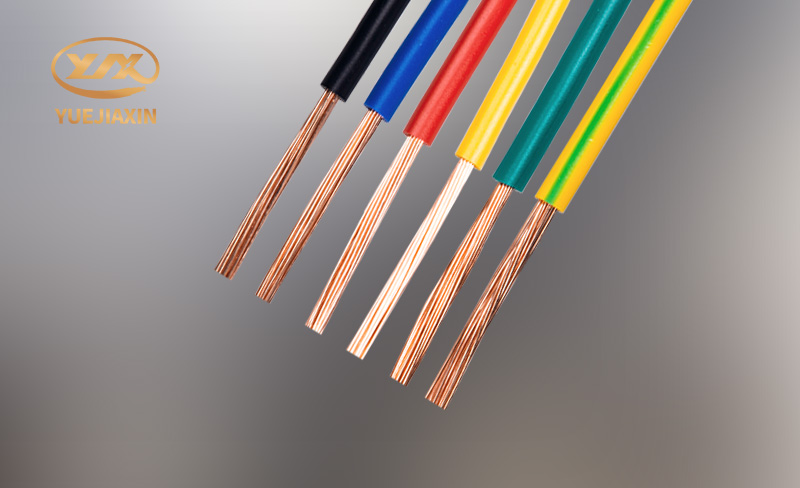
Finally, let's learn the precautions for selecting household wires so that we can use them in daily life:
1. Pay attention to the scientific selection of wire thickness. Specific electrical power requires appropriate wire combination. If high-power electrical appliances are assembled with thin wires, the wires will heat up, shorten the service life of the wires, and even the insulation will be broken down, causing fire.
2. Pay attention to choosing a reasonable installation form. There are two forms of open installation and concealed installation for indoor wires. Open installation is laying along the wall, ceiling surface, truss, house column, etc. When the family installs it openly by themselves, they must not squeeze or over-fold the wires, and must pay attention to fixing them firmly. Concealed installation is laying in the wall, ceiling and other places, but concealed installation must be operated by professionals.
3. Pay attention to the correct use of ground wires. For electric fans, washing machines, refrigerators and other electrical appliances, three-phase plugs should be used, and reliable ground wires should be installed; for lighting lines, the wiring method of one line and one ground must be absolutely prohibited.
4. Note that the three-level (three-hole) socket must be connected to zero protection. Many three-pole sockets (especially the power strips installed by users) are not actually true three-pole sockets, but only three-hole two-pole sockets, which should be avoided.
5. Pay attention to the problem of wires buried in the wall. In the design, wires are indeed buried in the wall and floor paint layer. But they are generally in sleeves. Some people also secretly arrange wires in the wall during the two renovations to avoid open wires. However, since there are few pipes (such as PVC pipes), the wall body is damp or wet, or nails are nailed in the future, there is a possibility of leakage. Therefore, once the wires are to be laid secretly, special attention should be paid to the problem.
6. Pay attention to the correct way of connection. When laying wires, try to avoid joints, because joints are prone to generate large resistance and cause heat. If joints are really necessary, they should be done in the correct way and wrapped tightly with insulating tape outside the joints.

